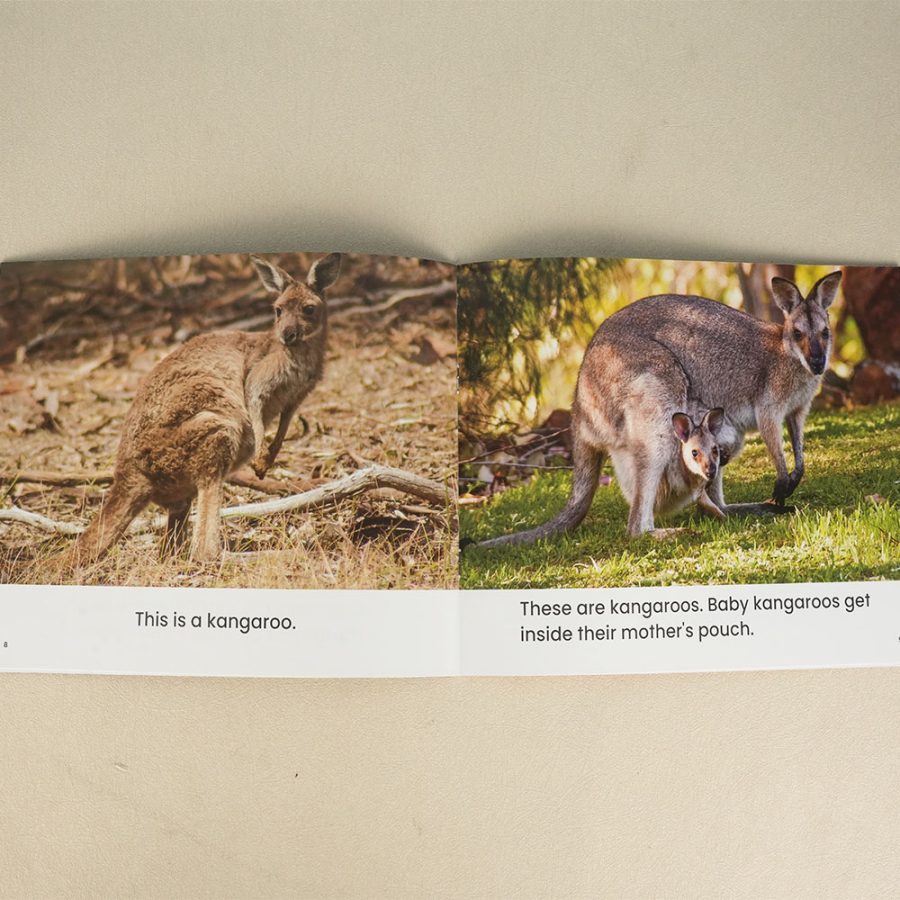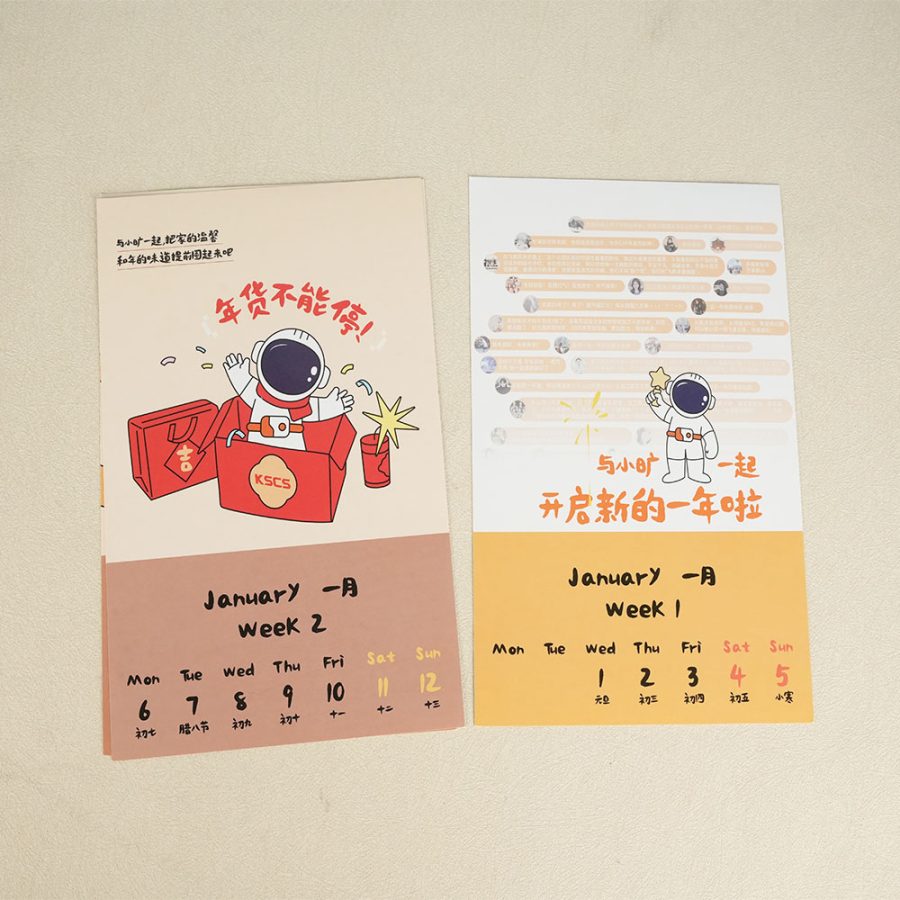How to Design a Good Booklet Easily in 2025
A well-designed booklet is an effective tool for marketing, education, and storytelling. Whether you’re creating a company brochure, an event guide, or an informative booklet, the design must be visually appealing and easy to read. With advancements in design tools and printing technology in 2025, creating an eye-catching and professional booklet has never been easier. Here are eight essential tips to help you design a great booklet effortlessly.
1. Define Your Purpose and Audience
Before you start designing, clearly define the purpose of your booklet. Is it a promotional catalog, an instructional guide, or an event program? Understanding your target audience is also crucial. A corporate audience may prefer a minimalist, professional layout, while a younger audience might appreciate vibrant colors and dynamic designs. Tailor your design, font, and images to suit your audience’s expectations.
2. Choose the Right Size and Layout
Booklets come in various sizes, from A4 and A5 to custom dimensions. The choice depends on the content and how you want your audience to engage with it. In 2025, digital printing technology allows for more flexibility in booklet sizing, so you can opt for unique dimensions to make your design stand out.
Popular booklet sizes:
✅ A5 (5.8 × 8.3 inches) – Ideal for compact guides and manuals.
✅ A4 (8.3 × 11.7 inches) – Suitable for corporate brochures and magazines.
✅ Square (8 × 8 inches) – Great for product catalogs and photo-heavy booklets.
Consider using pre-designed templates from software like Adobe InDesign, Canva, or Affinity Publisher to speed up the process.

3. Keep the Design Clean and Consistent
A cluttered design overwhelms readers, making it difficult to absorb the information. Stick to a clean, balanced layout with:
✅ Ample white space for readability.
✅ Consistent fonts and color schemes throughout.
✅ Proper alignment of text and images.
A good rule of thumb is to use two or three fonts—one for headings, one for body text, and an optional third for emphasis. Serif fonts (like Times New Roman) are great for traditional booklets, while sans-serif fonts (like Montserrat or Lato) give a modern, sleek look.
4. Use High-Quality Images and Graphics
Visuals play a key role in booklet design. In 2025, AI-generated graphics and royalty-free stock image platforms like Unsplash and Pexels provide easy access to high-resolution images. Make sure:
✔️ Images are at least 300 DPI (dots per inch) for crisp printing.
✔️ Graphics align with the booklet’s theme and brand identity.
✔️ Avoid pixelated or stretched images, as they reduce the quality of the final print.
If you're designing a digital booklet, interactive elements like embedded videos and animations can enhance engagement.
5. Organize Content with Sections and Headings
Booklets should be structured logically to guide readers smoothly. Divide your content into clear sections using:
✔ Headings & Subheadings – Help break up text and improve readability.
✔ Bullet Points & Numbered Lists – Make information easy to scan.
✔Columns & Spacing– Ensure content flows naturally across pages.
For business brochures consider using the AIDA (Attention, Interest, Desire, Action) model to structure your message effectively.
6. Optimize for Print and Digital Formats
In 2025, most booklets are designed for both print and digital distribution. To ensure your design looks great in both formats:
✔ For Print: MYK color mode (not RGB) and add a 0.125-inch bleed to prevent trimming errors.
✔ For Digital: Export as PDF or interactive HTML5, ensuring compatibility across devices.
Also, consider QR codes to link to extra resources, videos, or your website.

7. Use Design Software to Simplify the Process
You don’t need to be a professional designer to create a stunning booklet. In 2025, several
✔ AI-powered and user-friendly design tools help streamline the process:
✔ Canva – Drag-and-drop interface for quick and stylish booklets.
✔ Adobe InDesign – Industry standard for complex booklet layouts.
✔ Affinity Publisher– A cost-effective alternative to InDesign.
��✔ AI-Powered Tools – Some software now offers automatic layout generation, saving time while maintaining design quality.
If you're short on time, many of these platforms offer pre-made templates** tailored to different booklet styles.
8. Proofread and Test Before Printing
Before finalizing your booklet:
✅ Proofread all text for spelling, grammar, and clarity.
✅ Check image placement and margins to avoid misalignment.
✅ Print a sample copy to test colors and layout before mass printing.
Many print-on-demand services now offer real-time previews, allowing you to spot errors before committing to a large print run.
Final Thoughts
Designing a high-quality booklet in 2025 is easier than ever, thanks to modern design tools and AI-powered assistance. By following these eight tips, you can create a booklet that is visually appealing, well-organized, and engaging for your audience. Whether you’re designing for print or digital distribution, a clean layout, high-quality visuals, and strategic content organization will ensure your booklet leaves a lasting impression.
So, start designing today and create a booklet that stands out in both style and function!







